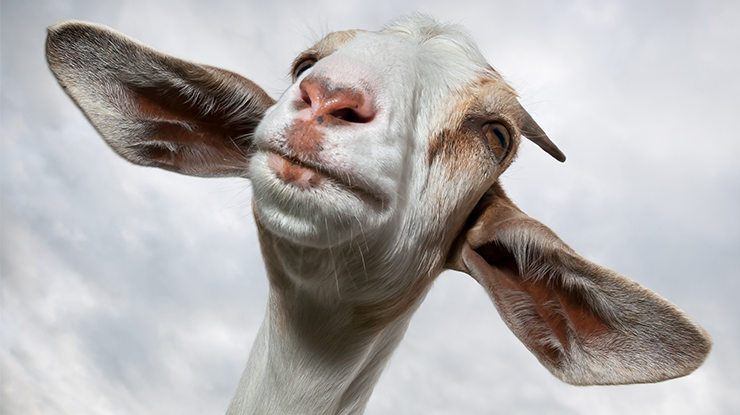
When goats fly
All goats exported live from Australia travel by air, and new standards are aimed at increasing their welfare from already high levels.
The Australian Standards for the Export of Livestock (ASEL) are being reviewed to ensure they reflect current animal welfare science, including the components that cover air transport.
ASEL provides detailed animal welfare requirements covering the supply chain from the farm in Australia through to unloading overseas.
The vast majority of exported goats are sent to Malaysia, followed by China, the United Arab Emirates and the Philippines. The export of live goats provides food security and, with more than 40% destined for breeding, contribute to the development of farms and dairies in-market.
The peak was in 2015, with more than 87,000 live goats exported. However, with declining domestic supply and higher pricing, volumes dropped to 21,000 head in 2018.
The Australian Government committee reviewing ASEL has proposed changes to the current arrangements including having an attendant to accompany animals on charter flights, more detailed planning in regards to water deprivation times, and updates to requirements regarding horns, pregnancy and body condition score.
The final report on the review of the ASEL air standards is expected in mid-August.
The livestock export supply chain directly impacts both producers and licensed livestock exporters. Because of this, LiveCorp (as the research and development corporation for the livestock export industry) runs a joint program with MLA to ensure that all stakeholders benefit from industry research. This program is known as the Livestock Export Program (LEP). For more information on the program, visit the LiveCorp or Meat & Livestock Australia websites.



